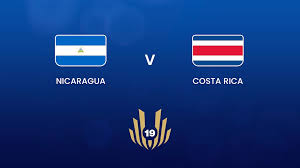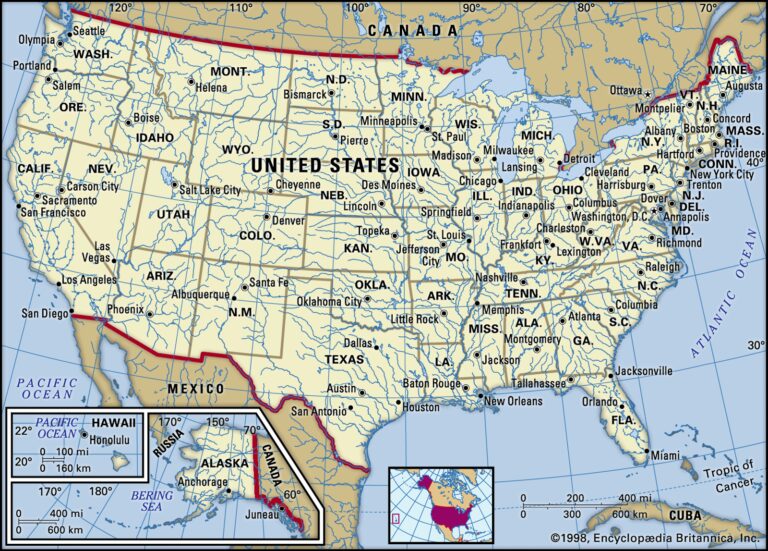
Introduction
Costa Rica and Nicaragua, two neighboring Central American countries, share an intricate history and diverse ecosystems, making them popular travel destinations. Understanding the differences and similarities between these countries provides valuable insights into their cultures, economies, and natural resources, influencing choices for tourists and investors alike.
Geography and Climate
Costa Rica spans approximately 51,100 square kilometers and is known for its coastlines along the Caribbean Sea and Pacific Ocean, while Nicaragua is larger, covering about 130,373 square kilometers, bordered by Honduras and Costa Rica, featuring both coastal regions and expansive lakes. The climatic conditions in both countries vary, with Costa Rica boasting a tropical climate and Nicaragua experiencing a mix of tropical and subtropical conditions.
Economy
The economies of Costa Rica and Nicaragua are markedly different. Costa Rica has a more stable economy, heavily leaning on tourism, technology, and agriculture, particularly coffee and bananas. In 2022, Costa Rica’s GDP reached approximately $66 billion USD. Conversely, Nicaragua’s economy, smaller with a GDP around $13 billion USD, primarily relies on agriculture and remittances from Nicaraguans abroad.
Environment and Biodiversity
Costa Rica is celebrated for its commitment to conservation, with over 25% of its land designated as national parks and reserves, making it a haven for biodiversity. Nicaragua also has rich biodiversity, particularly in its rainforests, but faces challenges from deforestation and climate change. The countries both feature stunning landscapes, yet Costa Rica is more recognized on the global stage for ecotourism.
Cultural Aspects
Culturally, both nations share a common heritage, yet they have distinct identities. Costa Ricans, or Ticos, are often known for their relaxed lifestyle and the phrase ‘Pura Vida,’ while Nicaraguans have a rich folklore, highlighted by popular celebrations and traditions that reflect their diverse ancestry, including indigenous cultures. Their languages, while both Spanish, are colored by unique dialects and local expressions.
Conclusion
In conclusion, while Costa Rica and Nicaragua share numerous geographical and cultural features, their paths diverge when it comes to economic stability, environmental policies, and cultural identity. Understanding these differences is crucial for anyone looking to travel or invest in the region. As both countries continue to develop and evolve, their relationship will also shape future trends in tourism and regional cooperation, further enhancing their unique positions in Central America.

